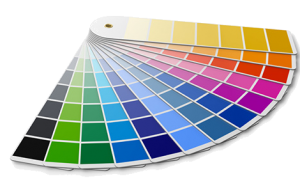Frequently Asked Questions
What is a proof?
Why do I need to look at a proof if I've already given you everything need to have done?
How do I get an estimate of cost?
Do you accept Microsoft Publisher files?
Why do some of my photos look bad? I scanned them at 300 dpi.
If we would scan our photos at 300 dpi and use our photos at 100% things should be fine, but we’re often forced to scale our photos once we put them into our page layout program. That’s where the problems start. Say you placed a photo at 100% and now the customer wants the photo twice as big. You enlarge it to 200% in your page layout program. The actual resolution of this photo was 300 dpi, but now that you’ve scaled it, the effective resolution is 150 dpi, or half the original resolution. Why? Once you enlarged the photo, all the pixels became twice as wide and twice as tall, so now fewer of them will fit “per inch.” Conversely, if you reduce your photo, the pixels become smaller and more of them will fit “per inch.” In a nutshell: reducing the scale increases the effective resolution; enlarging the scale reduces the effective resolution.


